WHAT’S WRONG WITH FWD?

Developed as a cheap, economical and easy to maintain alternative drivetrain layout to the conventional (and ancient) rear-wheel drive layout, the very first production FWD car was in 1929, BSA's three wheeler. FWD would not be a mainstream layout till the early 80s, however. It was a new way to slash costs, and in an ever competitive global automotive industry, it was the Japanese who rose to the top and dominated for decades.
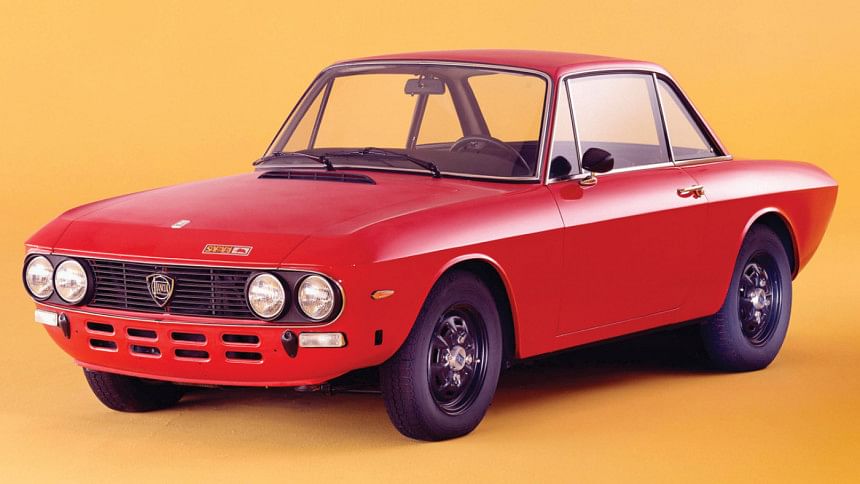
The Italians got to the performance FWD title early, with Lancia's incredible Fulvia coupe performing incredible feats in rallying in the 70's, a motorsport that was dominated by rear-wheel drive monsters at the time. The road going car was prone to rust and was far removed from the German attitude towards efficiency, and thus were a rarity on the roads, even in Italy.
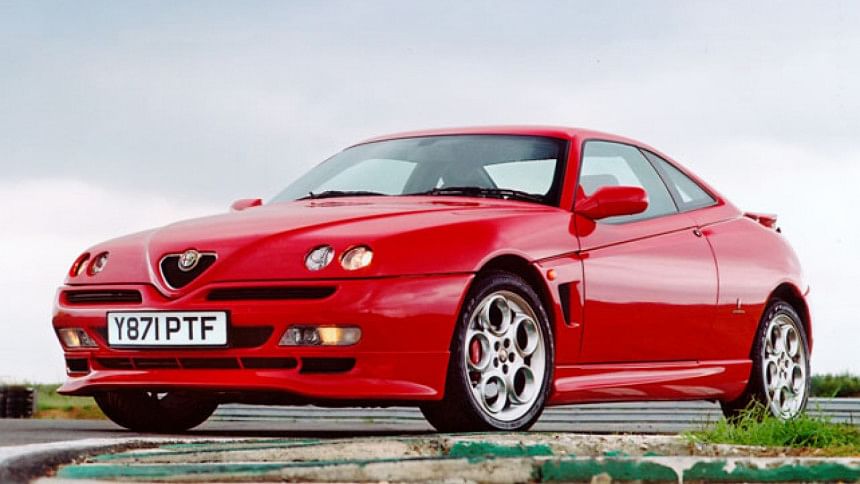
You can't mention Italian FWD heritage without mentioning Alfa Romeo. With a range of incredible performance cars built from the late 70's to the mid-90's, the Alfa brand is mercurial in the eyes of the automotive enthusiast all over the world. It is said you will fall in love with three things if you ever go to Italy: summer dresses donned by the sun kissed ladies, some old buildings, and the very first Alfa Romeo you come across, in no particular order. Ok, so its not really a saying, but it should be. Alfa's incredible V6 engines packed a punch that the Italians otherwise surprisingly lacked in anything less than a flat-plane crank V8 or a screaming V12. The Alfa GTV was a drop dead gorgeous car in both Spyder and coupe form, and had the cornering abilities to challenge the other horses in Fiat SPA's stable (literally, stable. Yeah, Ferrari). Fiat itself had a rival of the GTV in production, called the Fiat Coupe. It was surprisingly beautiful, considering it was one of Chris Bangle's earliest designs while he was at Pininfarina. That too was a potent FWD machine, and had the aura of a sun kissed lady who decided to don a lovely yellow summer dress.


The Germans were the first to take performance and add it to the FWD economy-performance car equation, with what everyone calls the very first "hot hatch": the Volkswagen MKI Golf GTi. Not only did it revolutionise the way Europeans looked at the hatchback, it also surprised everyone with its nimbleness. So much so that test-drives of the GTi by the journos would be incomplete without a snapshot of the GTi cocking a wheel and turning on three wheels like a hyper, happy dog.
Ever since, the Germans have built rock solid cars that are fast (both in corners and in a straight line), frugal, easy to maintain and more reliable than someone saying the traffic in Dhaka is bad. You just accept the qualities and abilities of these cars without question. Case in point? Top Gear recently announced the Golf R to be best hot hatch in Britain, beating out solid contenders like the 2016 Honda Civic Type R (but only just).
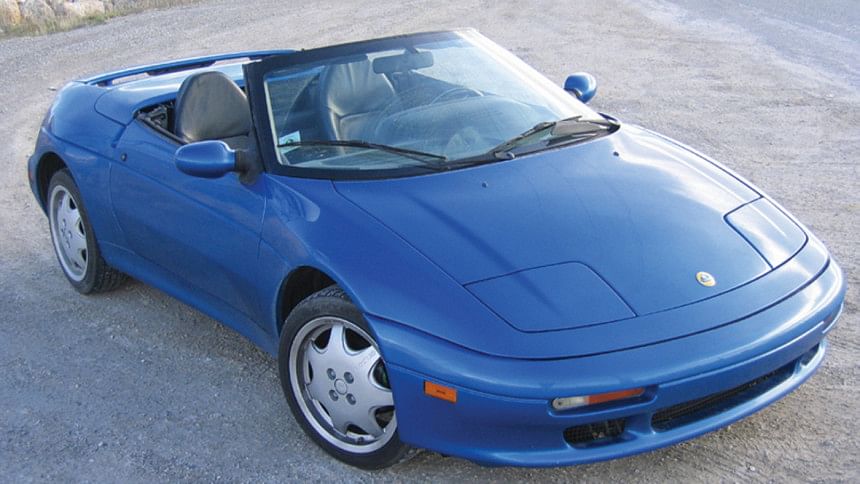
The British were never great though, at making front wheel drive cars that performed well. The only commendable effort in the past couple of decades being the Lotus Elan, which looked prettier than it performed. Scroll way back into history and the original Mini was pretty zesty, but it was more of a cult symbol than a performance scorcher. The British hot hatch field only did well in 4WD layout.

The Swedish were the oddballs. Both in the way they handled fame (yeah, Zlatan Ibrahimovich, we're looking at you) and in the way they made, designed and marketed their cars. The obvious standout example would be the Saab 900 Turbo, which is a car that we simply wouldn't be able to get enough of if we ever saw one up close. It looks very, very odd, but there's a hint of a Nordic charm in the front-wheel drive coupe's looks that made it unbearably attractive. Performance wise, it was more of a perspective thing, because no one actually expects a Swedish, quirky, apparently unreliable performance FWD car to actually take a corner or go fast. However, anyone who has driven the Saab 900 Turbo, will tell you that the aeroplane manufacturer heritage that Saab tries (and fails) to insist is a mark of quality, is the most evident with this goofy looking coupe. In the end, Saab 900s would be driven for decades by doctors and college literature/history professors in tweed coats and shoulder patches, rendering it uncool. That is precisely why they're making a comeback, with the hipster movement in America having found a car that they might want to own aside from fixie cycles. They'd be real fast hipsters.
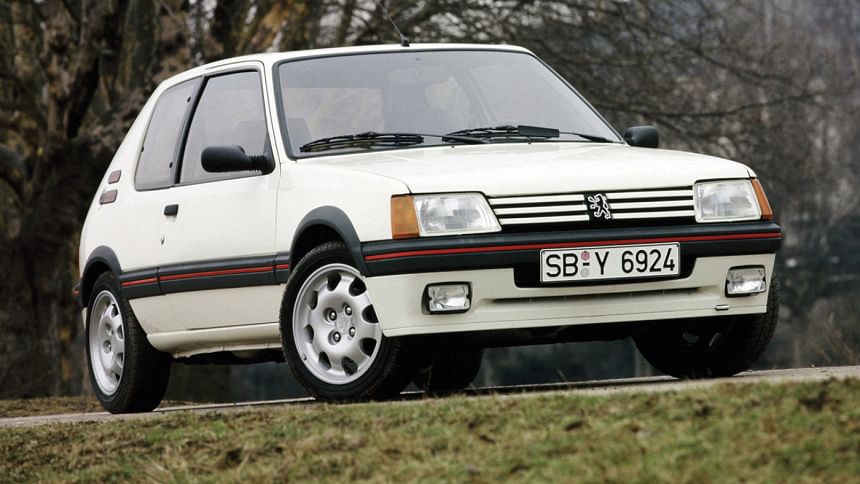
The French embraced front-wheel drive like no other. Dating back as early as 1934's Citroen Traction Avant (literally meaning "front wheel drive"), the French had a greater understanding of what it took to make FWD work and work well. The late 80's saw the introduction of Peugeot's 205 GTI, which created such a sensation in the hot hatch market that every subsequent GTI, from Peugeot or otherwise, were compared to the original. A 1.9 litre 126 HP 4 cylinder engine powered the most powerful 205 GTI at the time, throwing the cause for its appeal into doubt. No one could ever pinpoint what they liked about the car, except that it felt fluid and smooth and fast like nothing else, even if it wasn't actually going fast.
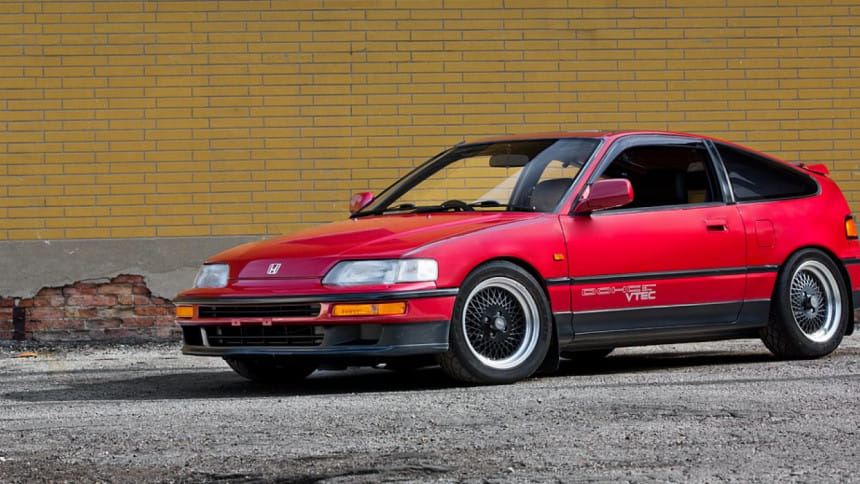
The Japanese approach has been laughed at by the rest of the world ever since its inception, even though they made some of the best FWD performance cars, ever. Honda was a clear leader in engineering superb FWD cars, with the CRX Si of 1988 responsible for launching the careers of the best import drag racers in the world, like Stephen Papadakis and Jeremy Lookofsky. However, over time, FWD Hondas took on the image of cars for reckless, childish street racers and the term "ricer" became a common term for anyone driving a bodykitted Honda. While it may have been a valid term back in the day for the US, in Japan it was a completely different story. Japan, and other right hand drive markets, got access to the bonkers Type R Hondas.
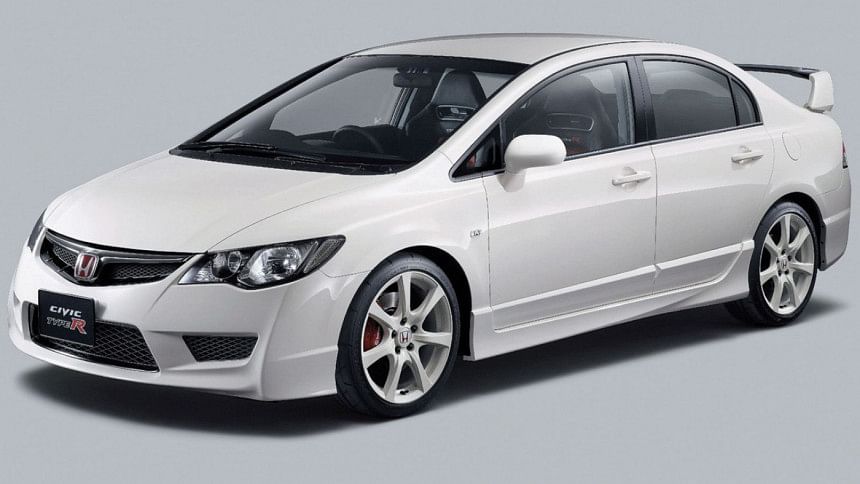
Armed with tiny four cylinder VTEC twin cam engines and a signature "Type R" feral feel, the Civics and Integras and Accords ripped into supercars costing almost ten times more and having many more horsepower. The Civic and Integra Type R's gained a cult following in the UK, with automotive journalists such as the ones from EVO magazine calling the DC2 Integra Type R "the best front wheel drive car ever made".

As always, there were engine swaps aplenty, people turning regular Hondas into fire breathing Type R spec cars. However, they did not come with the magic suspension and grip setups that factory Type R's came with. The latest, turbocharged, 100% FWD Civic Type R did a blisteringly fast lap of Nurburgring's Nordschliefe race track, regarded by many as the infamous, fiendishly difficulty holy ground of lap times and comparisons between cars. What did the 306 HP monster do? It soundly trounces the old front-wheel-drive record, a 7:54.36 set by the Renault Megane RS 275 Trophy-R, by doing a 7:50.63 minute lap.
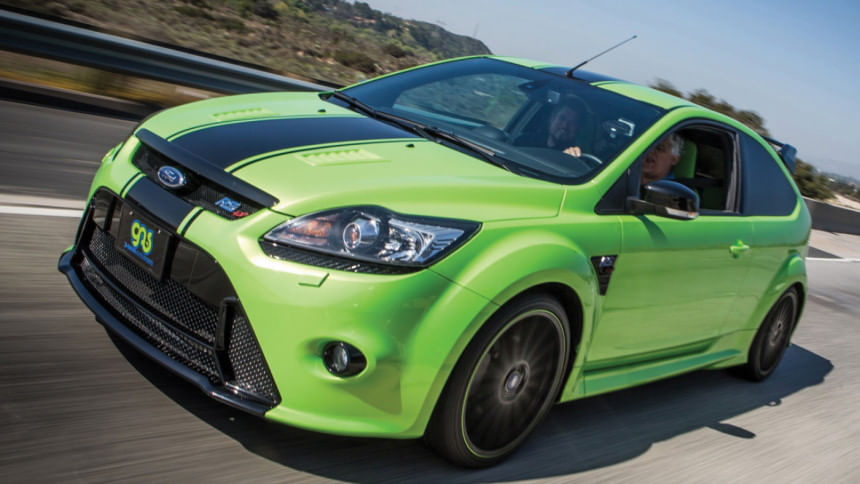
The Americans were never great at building FWD performance cars, but Ford Europe was a different entity altogether from their ribs-n-guns cousins across the Atlantic. Ford Europe, starting in the early 2000's, gifted the world some incredible gems: the first generation Ford Focus ST, the Ford Focus RS, and the Fiesta ST. All of them were overpowered and in the case of the last gen Focus RS, it suffered from severe torque steer. For the latest Focus RS, Ford turned to all-wheel-drive to tame the 315 plus horsepower figure.
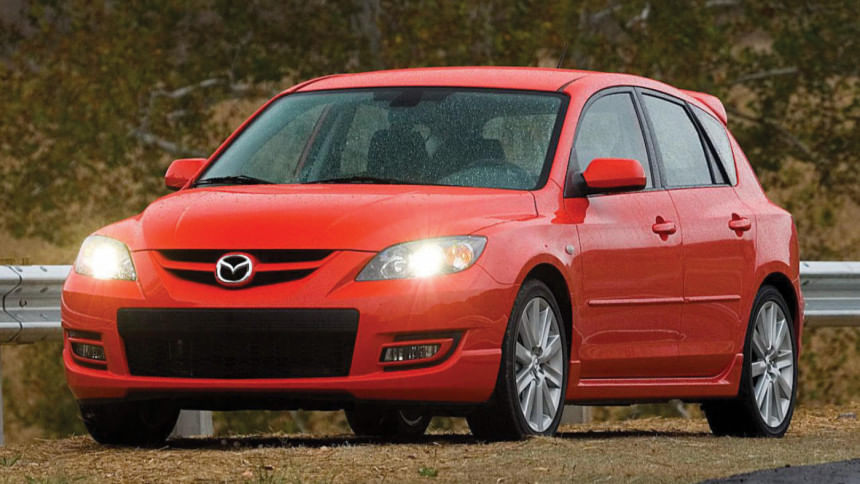
Say what you will about front-wheel-drive cars, but car manufacturers will keep making them in the pursuit of more performance per buck. If you can go fast and corner as efficiently as rear or all-wheel drive cars, why not front-wheel drive? So lay off the hate and see FWD performance cars for what they are: performance cars.


 For all latest news, follow The Daily Star's Google News channel.
For all latest news, follow The Daily Star's Google News channel. 



Comments